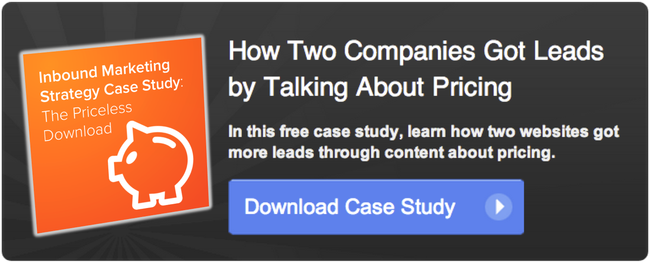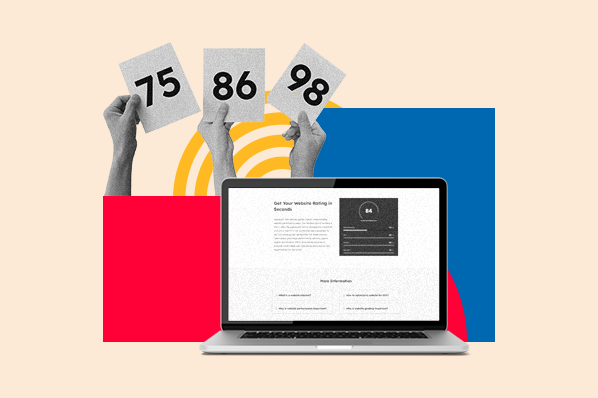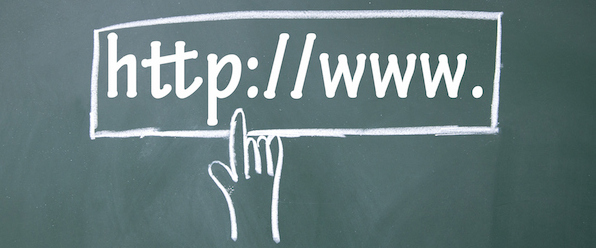One of the most controversial decisions for almost any business owner is whether to post pricing information on their website. Invariably, business owners are inclined to keep this information off the website (this is not true for pure commodity driven sites, such as car rentals or hotels, of course, but for B2B services such as consultants, accountants, translators, and high end B2C items).
But why is this the case even though it’s perhaps one of the most important pieces of data in the buying cycle?
We’re here to say and show (in detail) that this is a huge mistake! If there is one thing that every buyer wants to know, it's “What is this going to cost me?”
So, why won't people put price on their website?
When I suggest placing price on a client’s site typically I get some version of these responses:
1) “It’s not done in our industry”
2) “What happens if my competition sees it?”
3) “All our pricing is custom, nothing is standard”
And then simply:
4) “We would never do that”
It takes some negotiation, to be sure, but there are some very compelling reasons to rethink those lines of thought.
Own the Price Conversation
Here are some compelling reasons that reticent business and site owners should start including price.
Here's my logic: any buyer is trained to search for price as part of any purchase decision. They will continue to search until they find a price. And if it’s not on your site, you are not part of the price dialog. If there's a price conversation going on anyway, don't you want to be a part of it? It's up to you to own the price conversation.
Not having price on your site cedes the opportunity to your competition -- or worse, someone not even affiliated with your industry -- to control this crucial aspect of the buying decision. In fact, in keeping with a true inbound strategy, you should even blog about price. Openly share results and what your service costs with the people who are looking for that information. The goal is to own the price and value dialog of your product or service, so you can provide researchers with the context they need to understand your pricing model.
What About Sticker Shock?
There are several tactics you can employ to offset the fear that a visitor arrives at your pricing page and experiences sticker shock -- another common concern among the reticent.
First, use testimonials right on the page that speaks to the value of your product or service. Quotes from satisfied clients or buyers who shopped around and decided to purchase your product or service is a powerful strategy. There is an innate sense from buyers that the low cost provider is never the best, and there is more assumed value in a higher priced product.
I also recommend listing the prices of other providers alongside yours -- you can name them “Competitor 1” and "Competitor 2” if you’d rather not call them out by name -- and use this chart to detail what is provided in your pricing versus the competition. Call out the features you and your competitors provide in the rubric, and accompany those with actual consumer benefits, too. Tying product or service features to things that matter to buyers, like support or quality, are what make buyers recognize the value behind additional cost.
Finally, show actual results. Nothing is more powerful than, say, a before and after example. Instead of simply listing price on your site, use it as an opportunity to address anticipated buyer reactions like sticker shock, turning those research experiences into sales opportunities.
And Don't Forget the SEO Opportunity
Here’s something else we’ve discovered: Ranking for pricing related keywords is easy. Why is that?
No one wants to put price on their site!
This is SEO gold. Highly searched terms with little to no competition means we should all set out to do some keyword research. Check out the terms and phrases in your industry related to "cost" and "price," and invariably you'll uncover some huge content opportunities. You can garner easy SEO wins by creating a pricing page and optimizing for these terms, and even including free offers to capture that qualified traffic and engage them in a sales conversation. This strategy works alongside another viable strategy for the really price-averse out there -- putting detailed pricing information behind a landing page to make the exchange of this valuable information more controlled.
Just to show you this strategy is grounded in experience (I have, indeed, employed this strategy on several occasions with profound results which you can see in our Inbound Marketing Strategy Case Study: The Priceless Download), here's one example of a client of ours with decent traffic, but very few conversions. We conceived and launched a price chart behind a landing page and received 223 submissions over 4 months:

We’ve employed this strategy on several occasions and the results have been profound. If you're looking for more details on how to create, market, and distribute pricing downloads, please feel free to read our latest guide that explains how to turn pricing information into many, many (many!) leads.
Doug Kirk is the President of Optimize 3.0, an inbound marketing agency located in New York that specializes in delivering online marketing strategies for websites seeking more return on their inbound marketing expenditure.
Website Design




![What makes a good website? Here are 16 things I look at [new data]](https://53.fs1.hubspotusercontent-na1.net/hubfs/53/what-makes-a-good-website-1-20250527-1287063.webp)







